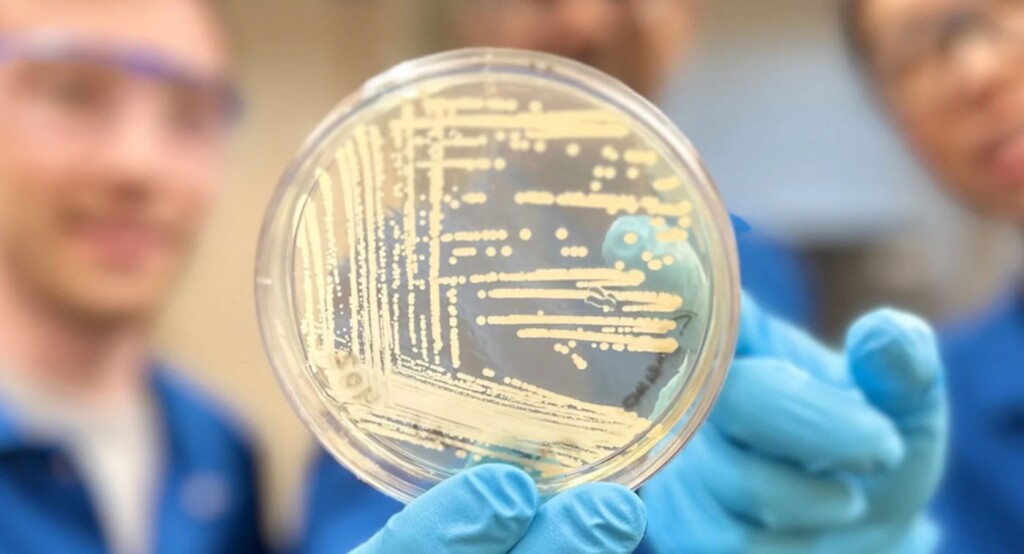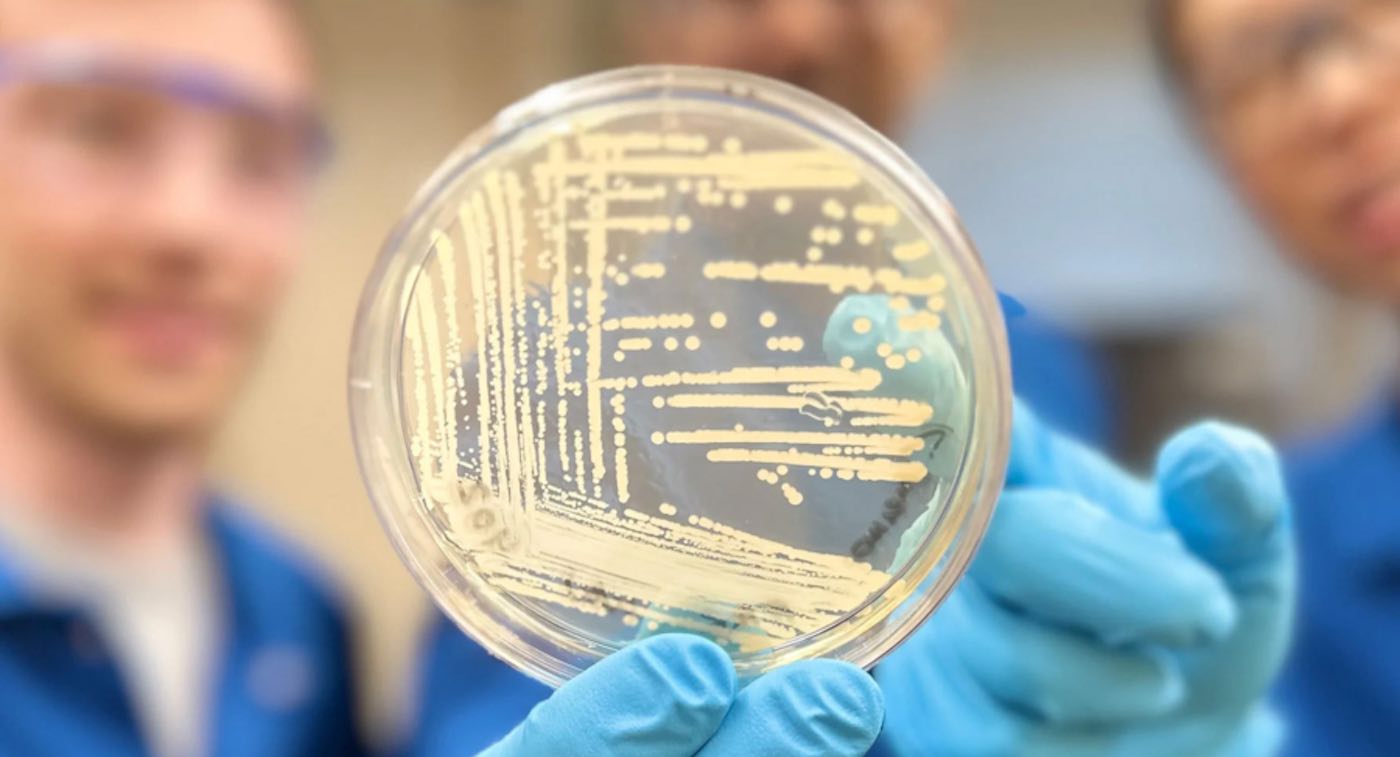
Harvard researchers have created an antibiotic that can overcome many drug-resistant infections, which have become a deadly global health menace, killing a million people every year.
The new synthetic compound called cresomycin proved to be “highly effective” at killing deadly superbugs that are resistant to antibiotics, including Staphylococcus aureus and Pseudomonas aeruginosa.
Cresomycin is one of several promising compounds the team from Harvard University has developed to win the war against superbugs.
The team led by Professor of Chemistry and Chemical Biology Andrew Myers reported in Science how the new molecule demonstrates an improved ability to bind to bacterial ribosomes—biomolecular machines that control protein synthesis.
Disrupting ribosomal function is a hallmark of many existing antibiotics, but some superbug bacteria have evolved shielding mechanisms that prevent drugs from working.
The new molecule draws inspiration from the chemical structures of ‘lincosamides’, a class of antibiotics that includes the commonly prescribed clindamycin.
EARLIER THIS YEAR: A Powerful Antibiotic That Can Tackle Superbugs Has Been Discovered in the ‘Dark Matter’ of Bacteria
Like many antibiotics, clindamycin is made via semi-synthesis—a process in which complex products isolated from nature are modified directly for drug applications. The new Harvard compound, however, is fully synthetic and features chemical modifications that cannot be accessed through existing means.
“By leveraging the power of organic synthesis, we are limited almost only by our imagination when designing new antibiotics,” said study co-author Ben Tresco. “The bacterial ribosome is nature’s preferred target for antibacterial agents, and these agents are the source of inspiration for our program.”
Bacteria can develop resistance to antibiotics by expressing genes that produce enzymes (called ribosomal RNA methyltransferases) which box out the drug components that are designed to latch onto and disrupt the ribosome, ultimately blocking the drug’s activity.
To solve the problem, Dr. Myers and his team engineered their compound into a rigid shape that closely resembles its target – giving it a far stronger grip on the ribosome.
CHECK OUT: The Humble Potato Could Hold the Key to Beating Hospital Superbugs as Well as Crop Diseases
The researchers describe their drug as being ‘pre-organized’ for ribosomal binding as it doesn’t need to expend as much energy conforming to its target as existing drugs.
The team identified cresomycin using component-based synthesis, a method pioneered by the Myers Research Group that involves building large molecular components of equal complexity and bringing them together at late stages—likened to pre-building sections of a complicated LEGO set before assembling them.
This modular, completely synthetic system allows them to make and test not just one but hundreds of target molecules, which greatly speeds up the drug discovery process.
“While we don’t yet know whether cresomycin and drugs like it are safe and effective in humans, our results show significantly improved inhibitory activity against a long list of pathogenic bacterial strains, compared with clinically approved antibiotics,” said Myers in a Harvard media release.
“Antibiotics form the foundation on which modern medicine is built,” co-author Kelvin Wu pointed out. “Without antibiotics, many cutting-edge medical procedures like surgeries, cancer treatments, and organ transplants, cannot be done.”
A.I. HELP: Antibiotic That Destroys One of World’s Deadliest Superbugs Discovered by AI Supercomputer
The research received early support from Harvard’s Blavatnik Biomedical Accelerator, which awarded funding to his lab in 2013 to enable testing of drug compounds. Ongoing research by Myers was also recently awarded $1.2M by a nonprofit organization for further development on oral antibiotics that could end the scourge of drug-resistant infections.
HERALD SOME GOOD NEWS By Sharing This on Social Media…




















